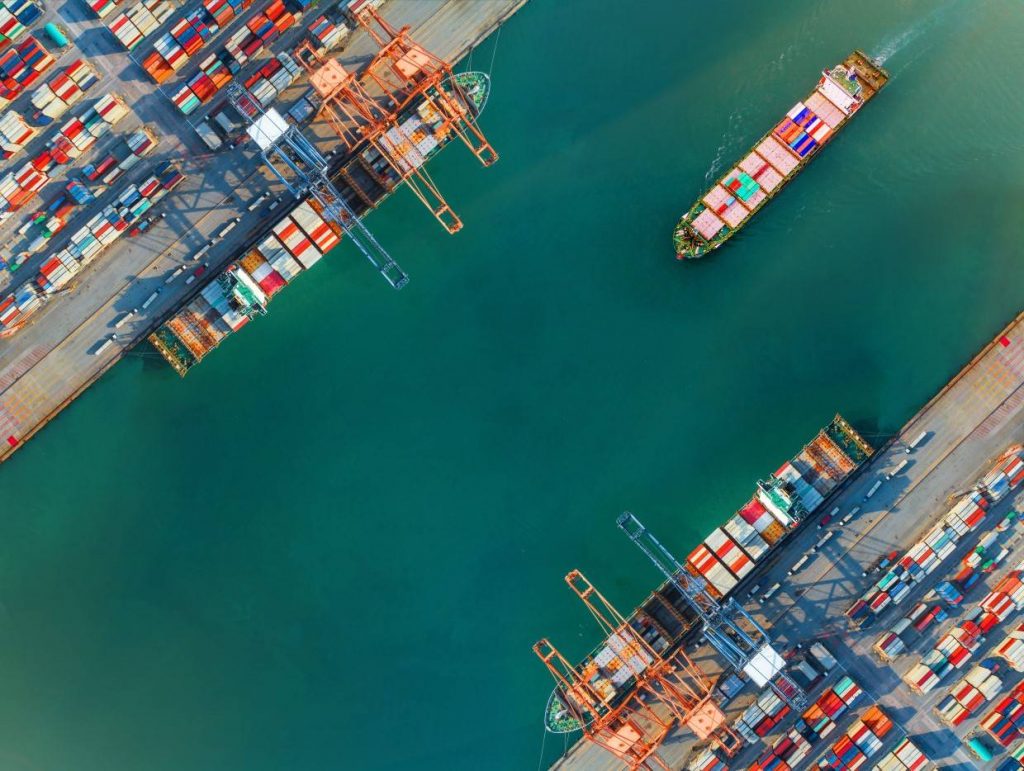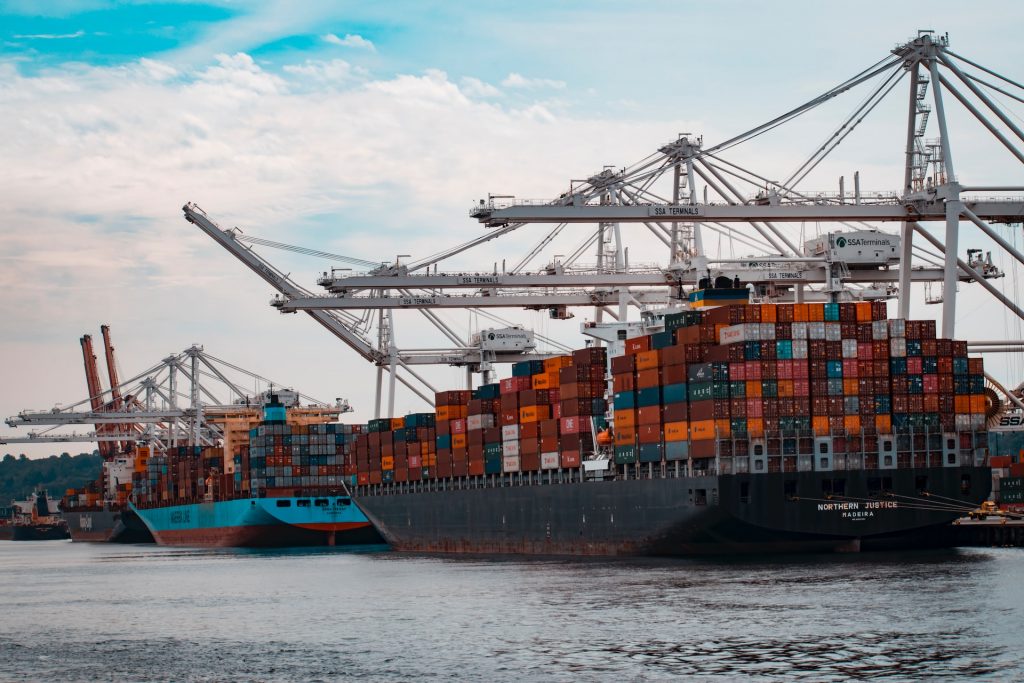Introduction
In a world of increasing globalization and interconnectedness, the freight forwarding and logistics industry play a vital role in facilitating the movement of goods across borders and continents. Often hidden from the public eye, this industry acts as the invisible hand that ensures the seamless flow of products from manufacturers to consumers. However, behind the scenes, the industry is undergoing a significant transformation, driven by technological advancements, sustainability concerns, and evolving customer expectations. In this article, we delve into the unique aspects of the freight forwarding and logistics industry and explore the exciting developments shaping its future.
- Embracing Technological Disruption
The freight forwarding and logistics industry has traditionally relied on manual processes, paperwork, and phone calls to manage shipments and coordinate with various stakeholders. However, the rapid advancement of technology is revolutionizing the industry, leading to increased efficiency, transparency, and collaboration.
One of the most significant technological disruptions in recent years is the rise of digital platforms and automation. From online freight marketplaces to blockchain-based supply chain solutions, these technologies streamline operations, reduce paperwork, and enhance visibility. Artificial intelligence and machine learning algorithms are being employed to optimize routes, predict demand, and improve supply chain management
2. Sustainability and Eco-Friendly Practices
As environmental concerns continue to gain prominence globally, the freight forwarding and logistics industry is under pressure to reduce its carbon footprint and adopt sustainable practices. The industry’s heavy reliance on fossil fuels and its significant contribution to greenhouse gas emissions have necessitated a shift toward greener alternatives.
Companies are exploring various avenues to make their operations more sustainable. This includes investing in fuel-efficient transportation modes, utilizing alternative fuels such as liquefied natural gas (LNG) or electric-powered vehicles, optimizing route planning to minimize mileage, and implementing waste reduction and recycling initiatives. Moreover, the integration of data analytics allows for better inventory management and optimization, reducing waste and excess inventory.
3. E-commerce Boom and Last-Mile Challenges
The exponential growth of e-commerce has reshaped consumer behavior and expectations, placing immense pressure on the freight forwarding and logistics industry to deliver goods faster and more efficiently. The last-mile delivery, the final leg of the supply chain that delivers packages to the end consumer, has become a critical battleground for logistics providers.
To meet the demands of the e-commerce boom, companies are experimenting with innovative solutions such as drone delivery, autonomous vehicles, and smart lockers. Additionally, partnerships with local courier services and the establishment of urban fulfillment centers are becoming increasingly common to ensure faster and more flexible deliveries.
4. Global Trade and Regulatory Complexities
The freight forwarding and logistics industry operate in a complex and ever-evolving regulatory landscape. Changes in international trade policies, customs regulations, and security measures impact the movement of goods across borders. Navigating these complexities requires industry players to stay updated on regulatory changes, maintain compliance, and develop strong relationships with customs authorities and regulatory bodies.
Furthermore, geopolitical tensions and trade disputes can disrupt global supply chains, necessitating agile and adaptable logistics strategies. The COVID-19 pandemic highlighted the vulnerability of global supply chains, leading to a renewed focus on risk management, contingency planning, and diversification of sourcing locations.
Conclusion
The freight forwarding and logistics industry is undergoing a profound transformation, fueled by technological advancements, sustainability imperatives, e-commerce growth, and evolving trade dynamics. Embracing automation, digitization, and sustainability practices are becoming essential for companies to thrive in this highly competitive landscape.



